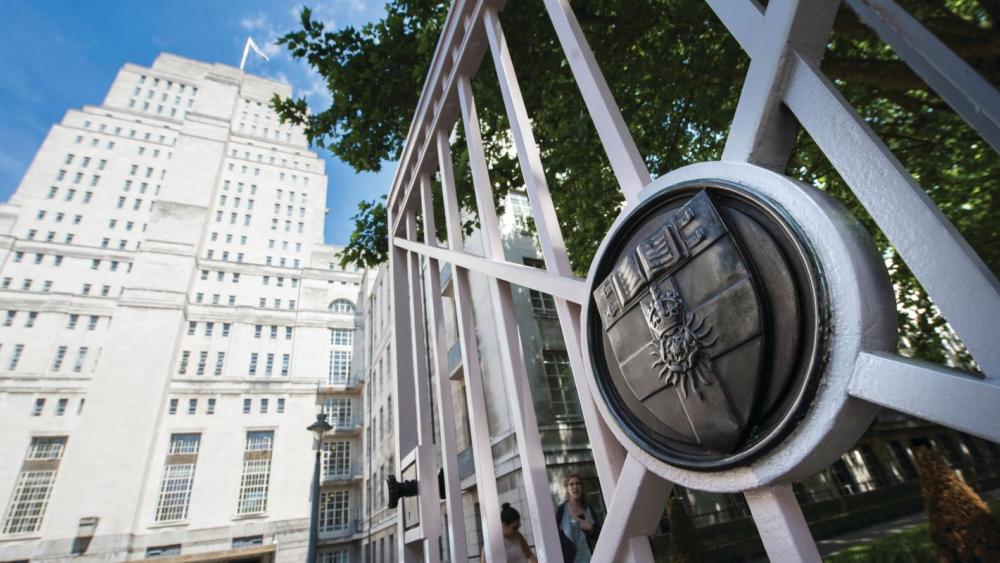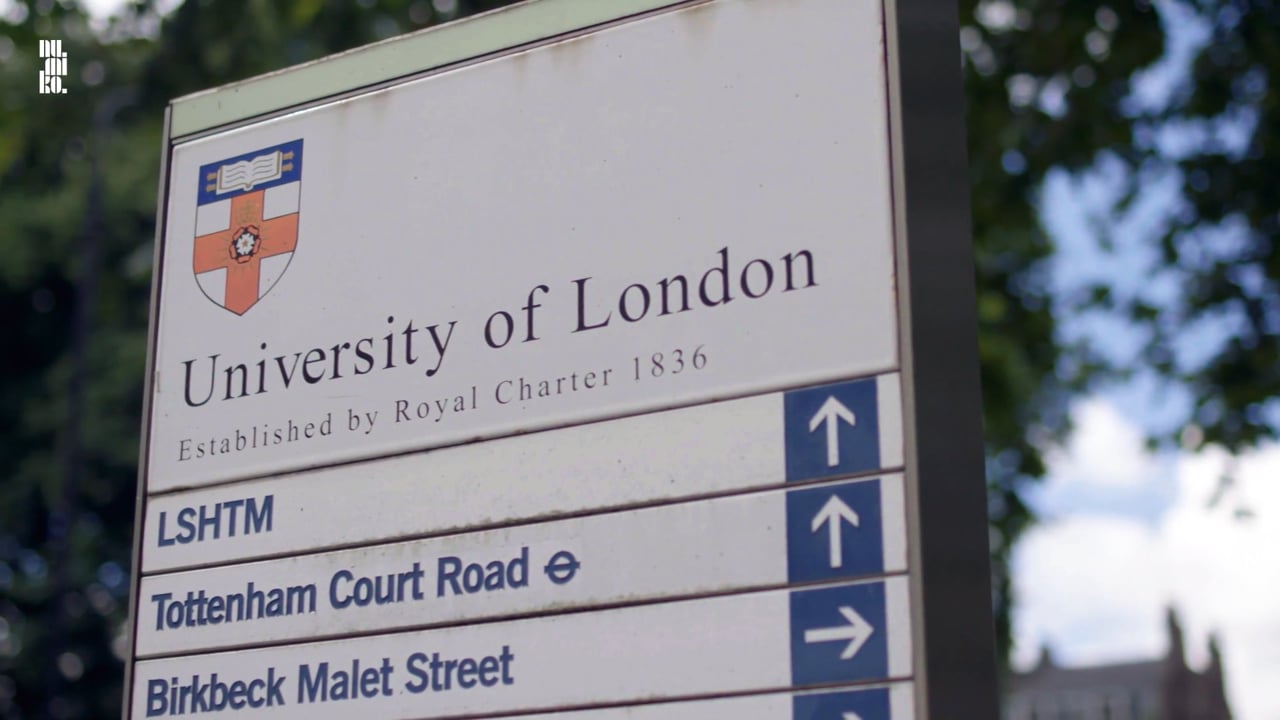We re-designed the University of London's website to cement its position as a global leader.
Context
The University of London is a global leader in distance and blended learning, educating over 45,000 students across 190 countries. The School of Advanced Study (which is part of the University of London), with its eight research institutes, serves as a national centre for the promotion and facilitation of research in the humanities.
The University of London is also a unique federation of seventeen independent higher education institutions, delivering world-leading education and research across all disciplines. The federation has over 250,000 students, 50,000 staff and over 3700 courses to study. We worked with them to re-design their website to help them cement their position as a global leader.
Challenge
We've worked with the University of London for many years, helping to shape their digital strategy and evolving into a trusted strategic partner. In previous projects we developed a digital platform that coordinates content across various departments, enabling a single technological approach and shared visual language. This condensed 150 microsites into a coherent and streamlined user experience.
For this latest project the University of London were looking to re-design their website to further their position as the UK’s leading provider of distance learning worldwide and increase student recruitment for their online and distance learning courses. This included a repositioning of the University of London brand, alongside a UX audit and technical consolidation. Another important objective of the project was to allow University of London’s internal team of developers more control, leaving them less reliant on external support going forward.
Hear from the client
Approach
To achieve the goals that the University of London had for their website, we recommended a rebuild to allow us to implement the big changes to the site structure and design they wanted. Doing this meant we could re-think the technical architecture and governance of the site, which allowed us to structure it so that development tasks could be handled by in-house University of London developers in future. As part of this we upgraded their website to Drupal 10, giving them the latest improvements in content editing experience and security updates.
To refine the website’s information architecture to enhance the user experience, we conducted an in-depth audience mapping exercise, mapping out user’s information needs at key points along their journeys and layering on data from Google Analytics and Hotjar to validate our assumptions. This allowed us to create a user-centric view of their digital estate, which we used to restructure the site’s information architecture. Our proposed IA was validated by conducting user testing with treejack, and the result is an effective and intuitive IA that condenses a large and complex digital estate.
A unified design language
The University of London is unusual in being a federation of multiple universities, each with their own separate specialisms and student recruitment needs. University of London were keen to bring together its internal constituent parts (i.e that of the School of Advance Study, Institute in Paris, Senate House Library, and others) more closely from a brand perspective, as part of their ‘one university’ strategy. To achieve this, we developed a new unified, cohesive digital design language for all core University of London properties. This ensures consistency in UI components, communicates a clear brand hierarchy and relationship between these constituent parts of the University and makes the navigation more intuitive for users.
Throughout the design, animations of a single, unwinding ribbon, inspired by the University’s crest, are used to create the sense of a single idea being present throughout all parts of the University of London, tying together disparate Schools and Departments into a coherent whole.
Improved course search and course pages
To support their student recruitment objectives, especially around their distance learning courses, we recognised that the course search functionality and user experience was absolutely key. We built the course finder to allow users to easily filter courses by study method (i.e. online, on campus in London or Paris) and used the design language and layout to ensure the remote learning options were front and centre and not seen as an afterthought to the traditional in-person university model.
The new course search pulls together courses offered with academic direction from across the 17 federation members, creating a single gateway that helps put UoL’s ‘One University’ strategy into practice.
Our designs for the course pages include an interactive map to highlight the global reach of the University of London’s teaching centre support, which complements remote learning by allowing access to institutes relevant to the specific course for students who want to study around the world whilst also benefiting from in-person contact.
Results
Results
Increase in organic traffic due to improved SEO.
Increase in international traffic.
Increase in session duration.
Increase in page views for the School of Advanced Study.
What the client says
“Throughout the project, Numiko always made us think about and focus on the users’ needs, and interactions with the website. We look forward to continuing working with Numiko and building on the amazing foundations they have given us with our new site.”


